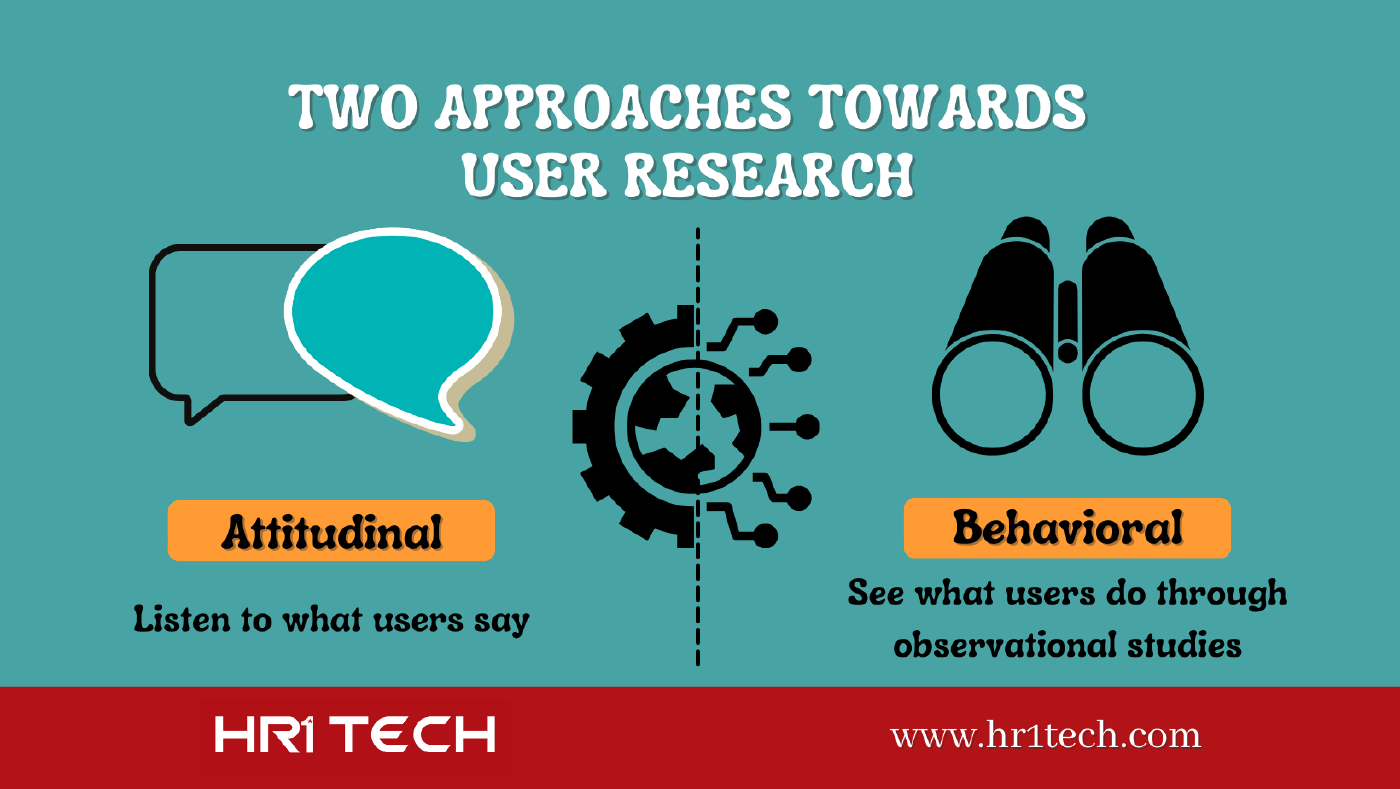What is User Research?
User research is the methodic study of target users—including their needs and pain points—so designers have the sharpest possible insights to work with to make the best designs. User researchers use various methods to expose problems and design opportunities, and find crucial information to use in their design process.
Discover why user research forms a crucial part of the design process.
User Research – Get to know your Users, and What They want
To call user research a crucial part of an interaction design process might seem overly obvious. Indeed, it’s the only way to discover exactly what these users need, having first found out precisely who they are. To set out to generate these facts, you must gather data from your users through a structured approach. First, you must choose methods that 1) suit your research’s purpose and 2) will yield the clearest information. Afterwards—to get the insights you want—you’ll need to interpret your findings from all that data, which can be tricky. You can apply user research anytime during the design process. Typically, researchers begin with qualitative measures, to discover users’ needs and motivations. They might later test their results by using quantitative measures.
“Research is creating new knowledge.”
– Neil Armstrong, the First person to walk on the Moon
User research essentially splits into two subsets:
- Qualitative research – Ethnographic field studies and interviews are examples of methods that can help you build a deep understanding of why users behave the way they do (e.g., why they leave a website so quickly). For instance, you can interview a small number of users and get sharp insights into their shopping habits by asking them open-ended questions. Usability testing is another dimension of this type of research (e.g., examining users’ stress levels when they use a certain design). Qualitative research requires great care. As it involves collecting non-numerical data (e.g., opinions), your own opinions might influence findings.
- Quantitative research – With more-structured methods such as surveys, you gather measurable data about what users do and test assumptions you developed from qualitative research. An example is to use an online survey to ask users questions about their shopping habits (e.g., “Approximately how many items of clothing do you buy online per year?”). You can use this data to find patterns within a large user group. In fact, the larger the sample of representative test users is, the more likely you’ll have a statistically reliable way of assessing the target user population. Regardless of the method, with careful research you can gather objective and unbiased data. Nevertheless, quantitative data alone cannot expose deeper human insights.
We can also split user research into two approaches:
- Attitudinal – you listen to users’ words (e.g., in interviews).
- Behavioral – you watch their actions through observational studies.
Usually, you can get the sharpest view of a design problem when you apply a mixture of both quantitative and qualitative research as well as a mixture of attitudinal and behavioral approaches.
 Source: HR1Tech
Source: HR1Tech
Leverage User Research Methods throughout Development
Industry-leading user experience consulting organization the Nielsen Norman Group names appropriate user research methods for you to use during your project’s four stages. Here are key methods:
- Discover – Determine what’s relevant for users.
- Diary studies – Have users log their performance of activities or record their daily interactions with a design.
- Contextual inquiries – Interview suitable users in their own environment to find out how they perform the task/s in question.
- Explore – See how to address all users’ needs.
- Card sorting – On cards, write words and phrases and then let participants organize these in the most meaningful way and label categories to ensure your design is logically structured.
- Customer journey maps – Create user journeys to reveal potential pitfalls and crucial moments.
- Test – Evaluate your designs.
- Usability testing – Make sure your design is easy to use.
- Accessibility evaluations – Test your design to ensure everyone can use it.
- Listen – Put issues in perspective; uncover any new problems and spot trends.
- Analytics – Gather analytics/metrics to chart (e.g.) website traffic and generate reports.
- Surveys/Questionnaires – Track how users’ feel about your product/design via these.
However you approach user research, always consider the pros and cons of each technique. Card sorting is cheap and easy, for example, but may prove time-consuming when you proceed to analysis. Moreover, it might not provide in-depth contextual meaning. The resources available to you are another constraint. These will decide when, how much and which type of user research you can actually do. Therefore, carefully choose only the most relevant method/s for your research. Also, get stakeholders from your organization involved early on. They can reveal precious insights and help keep your research on track regarding business goals. Overall, user research is a valuable way to validate the assumptions the design team makes concerning users in the field, cut the expense of the best deliverables and keep your product’s demand high and ahead of competitors’ in the marketplace.
Related IT Jobs Here!!
Source: INTERACTION-DESIGN.ORG
HR1Tech - Nền Tảng Tuyển Dụng Trực Tuyến Ngành CNTT
Tìm việc và tuyển dụng ngành đa ngành. Khám phá thêm tại: www.hr1jobs.com